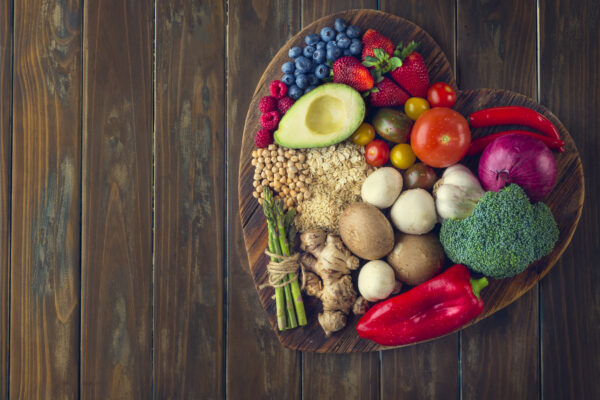You know it’s fall when every restaurant, grocery store, and café suddenly adds pumpkin spice to everything. This seasonal blend of spices not only gets consumers in the mood for the upcoming holidays, but it also has nutritional benefits.
Cinnamon – This spice is the inner bark of the cinnamomum tree. When it’s scraped and dried, it curls and results in the shape of a stick. Grinding the stick will turn it into powder. Cinnamon is packed with antioxidants, and maintains anti-inflammatory properties. It can also lower cholesterol and blood sugar. Interestingly, it can also slow down the progression of neurodegenerative diseases like Alzheimer’s and Parkinson’s.
Ginger – Ginger is grown underground, and thus looks like a thick plant root. Like cinnamon, ginger contains antioxidants, and anti-inflammatory properties. Unlike cinnamon, studies have shown ginger can provide relief for gastrointestinal and digestive issues, motion sickness, and dizziness. Because ginger may help in nausea, women sometimes use ginger to ease morning sickness during pregnancy. And, because of its antioxidant properties, men sometimes user ginger to protect themselves from colorectal cancer.
Nutmeg – This spice is the seed of a tree, originally from Indonesia but now can be found in the Caribbean and India. The spice also has anti-inflammatory properties. However, it can also serve as a direct pain relief for wounds, strains, and injuries. Like ginger, it can ease digestion. And, like cinnamon, it may also slow the progression of neurodegenerative diseases. However, nutmeg has been linked to detoxifying the liver and kidneys, assisting to minimize the bacteria in the mouth which causes bad breathe, and easing nerve tension to help insomnia.
Allspice – Allspice is the dried fruit of a tree grown in the tropics. Allspice shares many benefits as described above. However, it stands out on its own because of its impact on red blood cell production. The spice itself is packed with potassium (which controls heart rate and blood pressure) and manganese (which is important for metabolism). Moreover, allspice has a large amount of vitamins A, C, and riboflavin. Lastly, the oil of allspice has been linked to calming skin irritation.
With all the benefits of pumpkin pie spices, now there’s even more of a reason to get into the festive – and healthy – mood this season!
Resources:
Health Benefits of Nutmeg (2016). Retrieved from https://www.organicfacts.net/health-benefits/herbs-and-spices/nutmeg.html
Leech, Joe (2014). 10 Evidence-Based Health Benefits of Cinnamon. Retrieved from https://authoritynutrition.com/10-proven- benefits-of- cinnamon/
Mateljan, George (2011). Ginger. Retrieved from http://www.whfoods.com/genpage.php?tname=foodspice&dbid=72#healthbenefits
Rudrappa, Umesh (2016). Allspice nutrition facts. Nutrition-And- You.com. Retrieved from http://www.nutrition-and- you.com/allspice.html
About the Author:
Nelson Toriano is a certified personal trainer and group exercise instructor. He has been in the fitness industry for 12 years, and holds various certifications. Those include sports conditioning, yoga, cycling, and many others. Currently, Nelson manages a BaySport managed fitness center and works closely with human resources and corporate wellness teams. In his spare time, he volunteers in after-school programs serving underprivileged communities, for whom he brings games to keep kids active and healthy. Though during most mornings, he drinks black coffee, he drinks tall soy no whip pumpkin spice lattes – only on cheat days.





